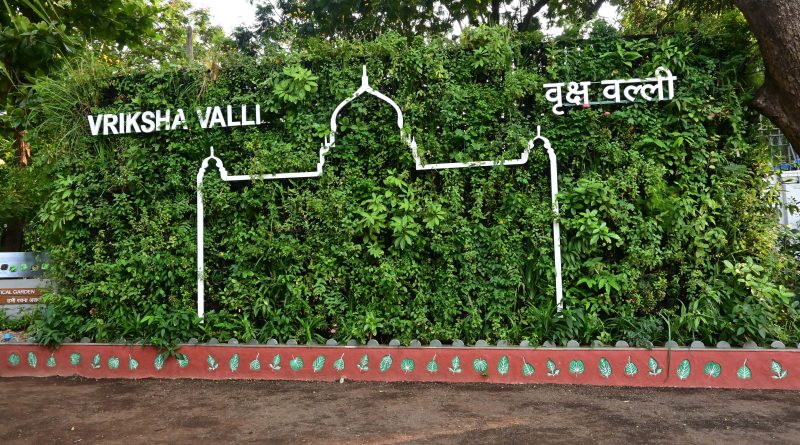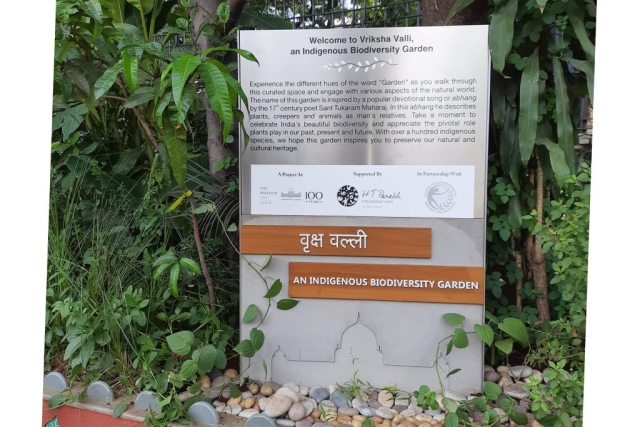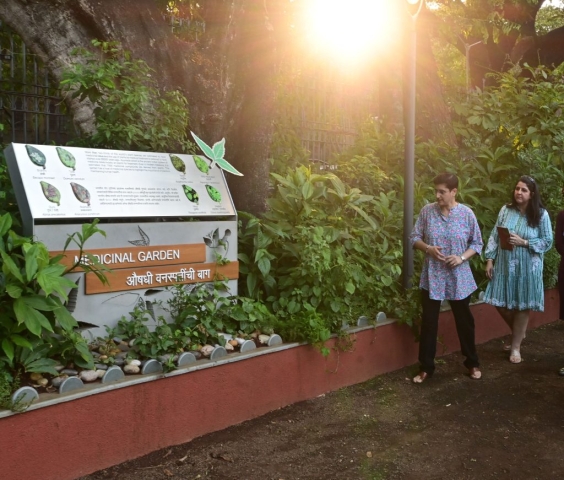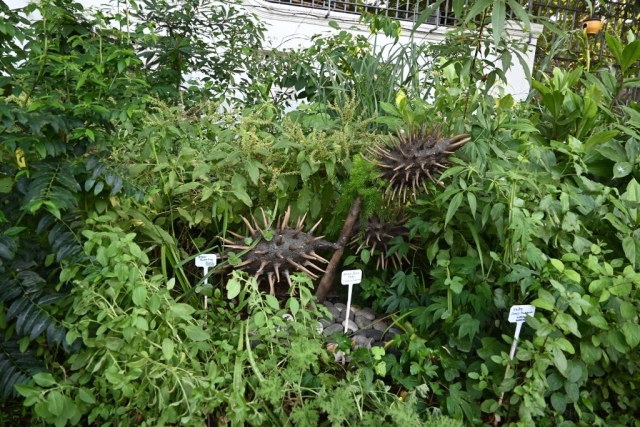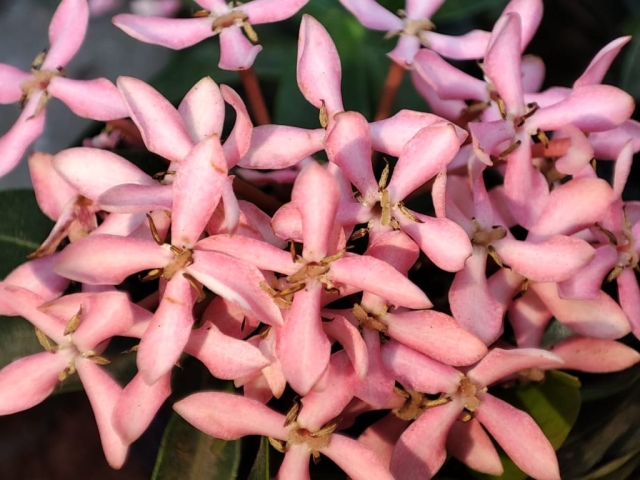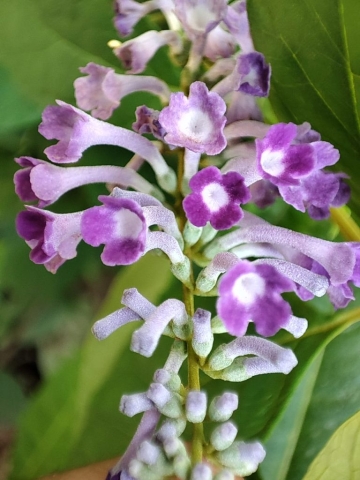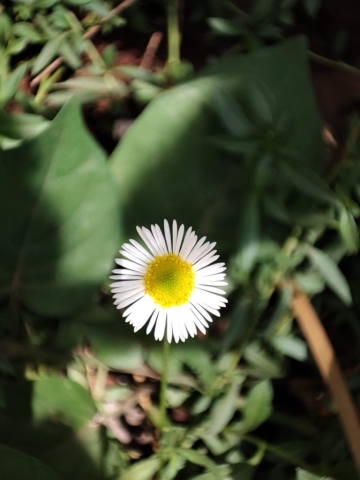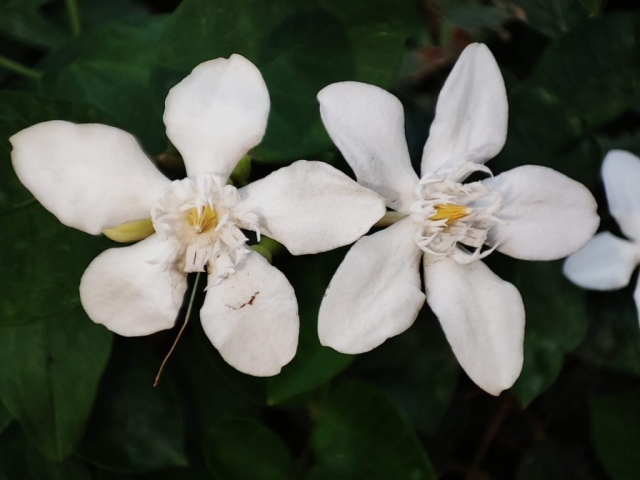Vriksha Valli, Biodiversity Garden at CSMVS
Vriksha Valli (वृक्ष वल्ली), the Native Biodiversity Garden at Chhatrapati Shivaji Maharaj Vastu Sangrahalaya (CSMVS) has been developed by the Centre for Environmental Research and Education (CERE) and in partnership with The H. T. Parekh Foundation together with CSMVS. The garden is integrated into the grounds of the Museum and the neighbouring Bombay Natural History Society and is therefore both physically and symbolically connected to India’s man-made and natural heritage.
As with all biodiversity gardens, this space focuses on promoting the indigenous plant species of India. In addition to conserving and nurturing local biodiversity, the garden hopes to promote a deeper understanding of India’s rich natural heritage amongst the museum’s visitors while highlighting the unassailable and deeply influential connection between plants and Indian history and culture. This connection mirrors a similar narrative represented by the museum’s artifacts and objects that connect our cultural and manmade heritage with the natural world through the depiction of flora and fauna.
Vriksha Valli is apportioned into 5 unique sections to better organise the space and improve the learning experience for visitors. Each section highlights a different theme and showcases plants that have distinctive ecological and cultural significance. These sections are:
Historical Garden – This garden features a number of plants that have played a vital role in shaping Indian history and culture
Butterfly Garden – This garden has a mix of butterfly nectar and host plants that have been selected to attract butterflies to the garden.
Kitchen & Spice Garden – The Kitchen & Spice Garden includes vegetables, fruits and herbs that are used daily for cooking in homes across India.
Medicinal Garden – India is the birthplace of Ayurveda – an ancient system of medicine where plant extracts are used for the treatment of ailments.
Vertical Garden – It serves to help visitors understand how easy it is to grow edible, medicinal and butterfly plants on small balconies and also has an embedded selfie point.
In addition to a wide array of herbs, shrubs and trees the garden also features a number of different structural and functional elements including a new boundary wall, a water efficient irrigation system, additional lighting and other features that support wildlife such as bird feeders, bird boxes, bird baths and butterfly puddling and basking stations. Educational features such as seed pod sculptures and boards have also been installed to enhance the visitor experience.
This garden serves as a beacon of knowledge and awareness, aimed at educating visitors about the critical importance of biodiversity. This space seeks to convey the deep-rooted connection we share with plants and the urgent need to protect and conserve them for the benefit of current and future generations.
Through the Vriksha Valli, we hope to inspire younger generations visiting the Museum to appreciate natural beauty and understand that the actions we take today can help determine the fate of human communities, wildlife and plants.

